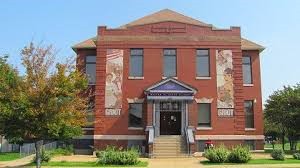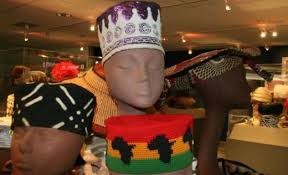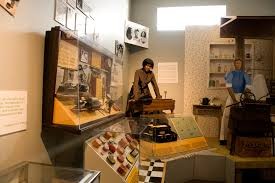Griot Museum of Black HIstory and Culture
Introduction
Text-to-speech Audio
Images
The exterior of the museum

One of the exhibits of the museum

Another exhibit of the museum

Backstory and Context
Text-to-speech Audio
The Griot
Museum of Black History and Culture opened in 1997, and was first named the Black
World History Wax Museum. The name of the museum was changed in 2007, to emphasize
its mission as the caretaker of the stories, culture, and history of African Americans.
Griot is a name for a West African historian or storyteller that collects,
shares, and preserves stories and traditions. The Griot Museum of Black History
and Culture is the second largest Black wax museum in the country.
The Griot
Museum interprets stories and features life-size wax resemblances of African
Americans whose lives influenced the state, region, and country. Visitors have
the opportunity to learn about several historical African Americans such as:
Carter G. Woodson, Josephine Baker, Dred and Harriet Scott, Elizabeth Keckley,
William Wells Brown, James Milton Turner, Clark Terry, Dr. Martin Luther King
Jr., the Rev. Earl. E. Nance Sr., Miles Davis, Madame C.J. Walker, York, Percy
Green, and many more. The Griot Museum also features a slave cabin that was
originally built on the Wright–Smith Plantation in Jonesburg, Missouri.
Visitors can also solve puzzles, view documentary videos, and explore a model of
ships that were used to transport African Americans to America during the
Transatlantic Slave Trade.
This museum also celebrates the achievements of African-Americans. Visitors have
the opportunity to learn about John Berry Meacham, who avoided the law which forbade
the education of African Americans. He anchored a boat in the Mississippi River
and taught them how to read, write, etc. An entire section of the museum has
been dedicated to Madam C.J. Walker, and it exhibits the life she led.
The museum hosts local and national traveling arts and humanities
exhibits. In order to increase their community outreach, they sponsor community
education projects, gallery discussions, and cultural celebrations. The museum
hosts traveling exhibits led by local and national artists as well. The museums’
goal is to create a community of lifelong learners who explore and embrace the African-American
heritage.
